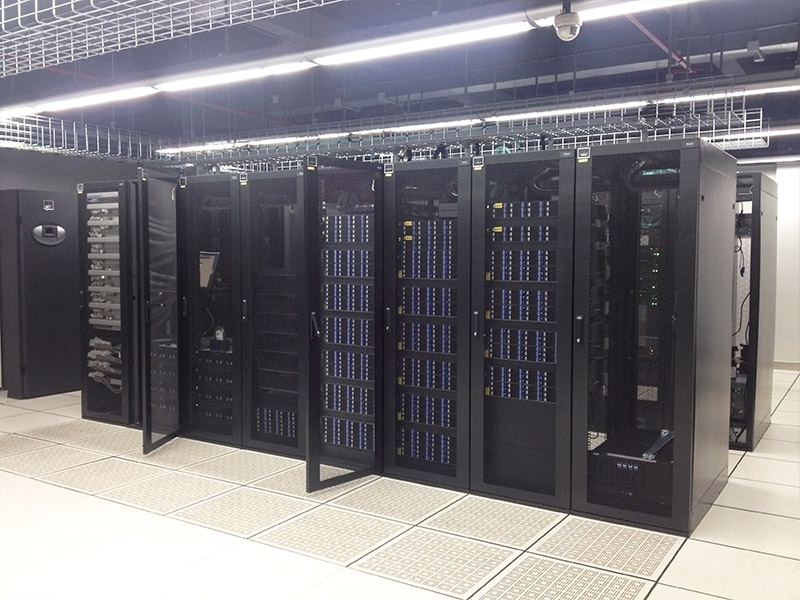If the network cabinet you choose is not suitable, install the most expensive part of the installed equipment-the server into the cabinet, and you will find that there is not much space left in the cabinet. On the contrary, if you follow the following inspection sequence, you can select a cabinet that not only meets your installation priorities (including safety, durability, compatibility, and ease of installation), but does not exceed your budget.
The first consideration should be safety. Putting mission-critical IT equipment into lockable cabinets will make network administrators more relaxed, which also limits the number of people who can open the cabinet.
Physical requirements
Next, list all the equipment installed in the cabinet and their complete measurement data: height, length, width, and weight.
The total height of these devices will ultimately determine how many devices can be packed into the cabinet. Obviously, taller cabinets can fit more equipment and save space.
Of course, making the best use of the height of the cabinet is not the only consideration. There is also a lot of space at the rear of the cabinet. This is the reason for measuring the depth of the cabinet. If you choose a deeper cabinet, you can install two sets of equipment back to back to install more equipment. Using the above method, two rows of equipment can be installed in the cabinet, one row is loaded and unloaded from the front door of the cabinet, and the other row is loaded and unloaded from the rear door. The cabinet should have adjustable vertical guide rails, which can be loaded with equipment of different depths, while keeping the cabinet at the minimum depth according to the depth of the equipment.
www.sunpln.net









 Home
Home